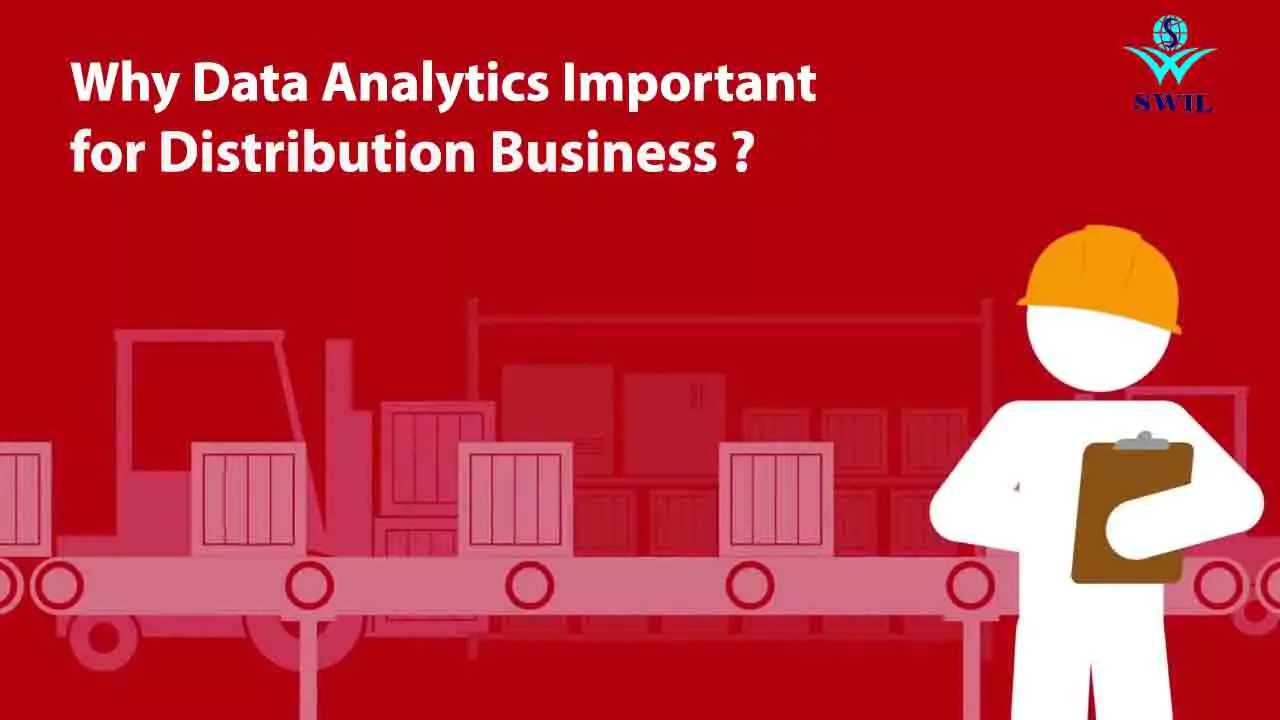With the increase in retailer demand, predictive analysis can play an important role in the movement of goods within the organization’s supply concerns. Wholesalers and distributors need to identify organizational requirements and continue with changes in the industry.
The distribution business is primarily concerned with the vast sets of data collected that affect customer needs, changing market forecasts, and competitive analysis. Its management is essential for financial success and sustainability. Thus, predictive analysis is essential for effective management of the processes involved in the entire distribution business. The effective analysis gives you the right logic to get the right customer at the right time.
What is Predictive Analytics and Why Does It Matter?
Predictive analytics is an advanced form of analytics that helps organizations create valuable ideas for upcoming business events. It provides future predictions by analyzing current data based on data mining, statistics, statistical modeling, machine learning, and artificial intelligence.
Predictive analytics provides the best organizational assessment of what will happen in the near future and makes the business activities for future prospects. It greatly helps businesses such as finance, healthcare, retail, hospitality, pharmaceuticals, automotive, aerospace, and manufacturing. It is useful for-
- Fraud detection by improving error detection patterns
- Optimizing marketing campaigns by determining customer responses or purchases and helps businesses attract, retain, and grow their most profitable customers.
- Improving operations by forecast future events and enables organizations to function more efficiently.
- Reducing risk by identifying defaults on purchases and other business functions.
Future of Wholesale Distribution
Digitization is now part of a wholesale distribution business, a requirement for success to transform your business and keep your business competitive. Predictive analytics helps the distribution business to forecast future customer needs. Also, it predicts potential new customers, markets, and segments and their impact on the organization. The importance of predictive analytics is growing in the wholesale industry. A wholesaler with predictive analytics processes and technology will now be able to forecast risk factors, customer profitability, and possible restructuring of the customer-level distribution network.

5 Benefits of Predictive Analytics Applied in Distribution Business
In this blog, we are highlighting some potential benefits that a wholesale business can extract from modern-day data analytics.
1. Identifying and Estimating Customer Profitability
Gathering customer data to gain profitability is a crucial task for distributors/wholesalers. It is next to impossible task to find out which clients are high-profit makers and which are not. Predictive analytics helps you to identify those customers with the help of the right technology and allows you to make a plan for encouraging profits.
2. Better Results through Marketing Strategies/Campaigns
A predictive product helps the distribution business by forecasting risk factors on customers who are more likely to buy by customers. It provides successful marketing campaigns for on-demand products and facilitates campaigns to highlight products less in demand.
3. Forecast for Future Demand
A distributor with predictive analytics would be at leverage to keep his business operations safe from the negative impacts of any future changes. This enables you to anticipate how this will affect your relationships with your customers and which businesses will not bring in operating revenue. Such a useful prediction will save your business from falling.
4. Efficiency Enhancer
The predictive role plays an important role in the distribution business. It collects your business information and uses it to create new opportunities and increase existing revenue.
5. Accelerate Potential Demands
Predictive analysis can predict demand in the future by analyzing business data and information through various techniques. In this way, it helps the distributors to increase sales by informing them of the high demand in the near future.
Wrapping up
RetailGraph helps companies untangle their analytics. By leveraging historical information such as point-of-sale data and corporate internal data, you can determine the sales impact of various marketing activities and its contribution to sales-volume, effectiveness, efficiency, and ROI. Also, RetailGraph can help you measure customers’ attention in ways that help you recognize issues and priorities.








